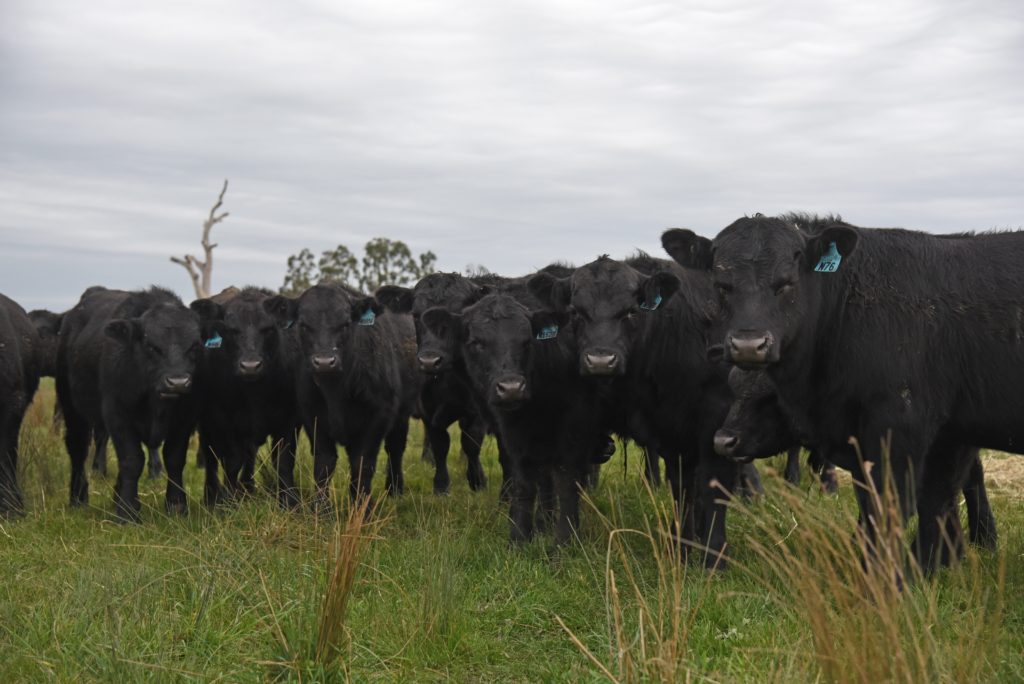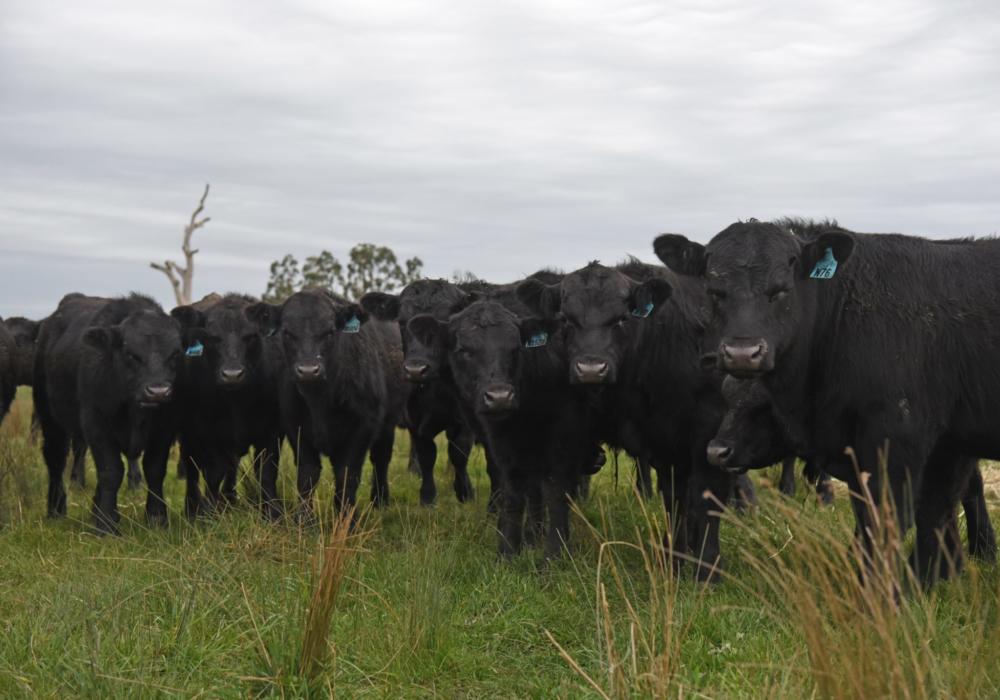
Dr Rob Banks, Director of the Animal Genetics and Breeding Unit (AGBU, based at UNE in Armidale) has praised the genetic program and progeny testing of Te Mania Angus across the value chain. With over 7,500 direct carcase records and over 4,400 carcase marbling and IMF% records analysed by BREEDPLAN, very strong reliability of those EBVs is ensured – providing breeders and producers confidence in identifying animals with the right genetics for profitable beef cattle production.
At the recent Team Te Mania Workshop “Future Beef Production”, he delivered some key messages relating to genetic improvement achieved:
The Te Mania breeding program has made very impressive and valuable genetic progress over more than 2 decades. That genetic progress has been balanced – improvement in the right direction in
- Growth rate, but without any genetic increase in birth weight
- Carcase merit – muscling and marbling steadily improving, P8 and rib fat held constant
- Fertility – calving ease, gestation length and branding rate are all being improved
That genetic improvement means more calves, calves that grow faster to market weight, and calves that better meet market specifications.
What has underpinned this outstanding achievement?
The Te Mania breeding program has 2 great strengths:
- First, very comprehensive performance recording in the Te Mania stud, of large numbers of animals in large, carefully identified management groups. The traits recorded include the full range of weights (birth, weaning, yearling, and adult cow), live scan traits, on top of careful recording of complete pedigree and birth date. All calves born from 2016 onwards have been genotyped.
- Second, comprehensive recording in the Team Te Mania herds: herds using latest Te Mania genetics, and keeping full performance records. Steers from Team herds are also identified and recorded through the feedlot phase at Rangers Valley and get full carcase and meat quality data at slaughter.
Having these 2 components means that the breeding program is based on large amounts of relevant and carefully recorded data, and that data includes traits contributing to income and cost on- and off-farm. As an example, the genetic improvements in growth rate, muscling and marbling mean that more of the feeder cattle are meeting more and more valuable specifications each year – enabling Rangers Valley to plan ahead with more confidence and share the benefits with the commercial producers.
The genotyping of calves in the stud means that EBVs have improved accuracy, allowing more accurate selection of the best young animals, and also that all the data recorded through the value chain feeds into the EBVs for young animals. This means that young bulls and heifers are getting accurate EBVs for carcase marbling, based on the data collected on their relatives that have gone through to slaughter, and on similarities in the DNA patterns between the young animals and their relatives.
New R&D into the best indexes for the whole value chain shows that Te Mania genetic progress is running at just under $4 extra profit per cow joined per year – just under 4% profit growth per year. The R&D has fully incorporated feed costs at all points in the chain into the index, so the genetic improvement has accounted for any increase in amount of feed required.
There are some very important messages in these achievements, not just for the Te Mania network but also for the broader industry:
- The whole package depends on the relationship built up over years between the Stud, Team Te Mania and Rangers Valley. Working together, each player making their contribution, is yielding valuable results. Working together in this way achieves much more than the individual links (stud, commercial producer, feedlot) can achieve on their own
- The genetic improvement is delivering real profit growth – capturing that depends on, and rewards, excellent management on-farm and in the feedlot. Good management and good genetics are a win-win!
And the cattle speak for themselves – reflecting the honesty and dedication to careful recording, balanced selection, and sharing information across the value chain.
